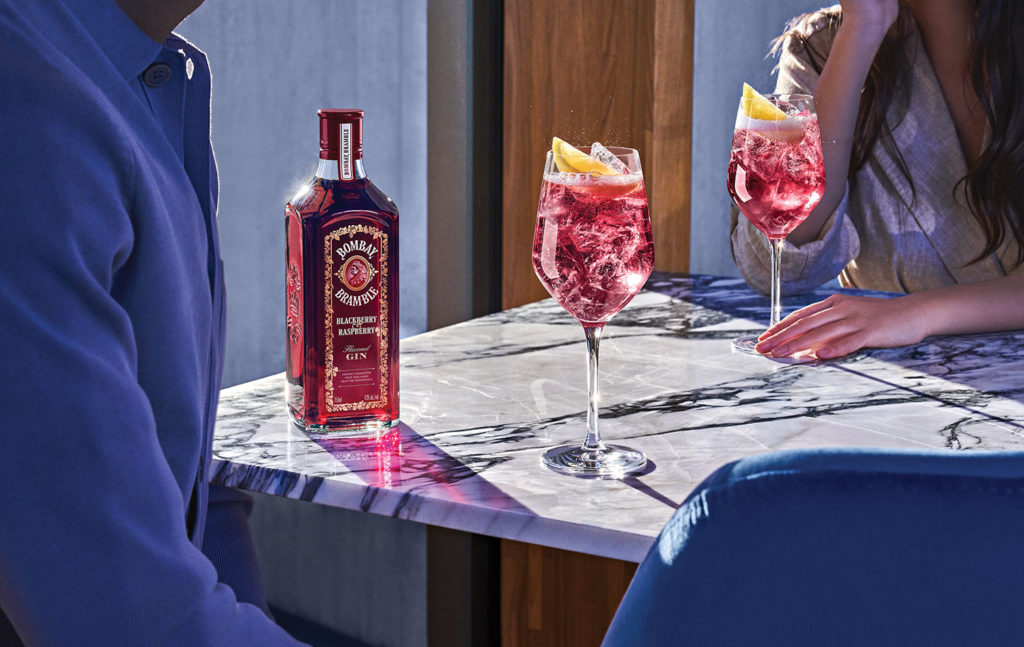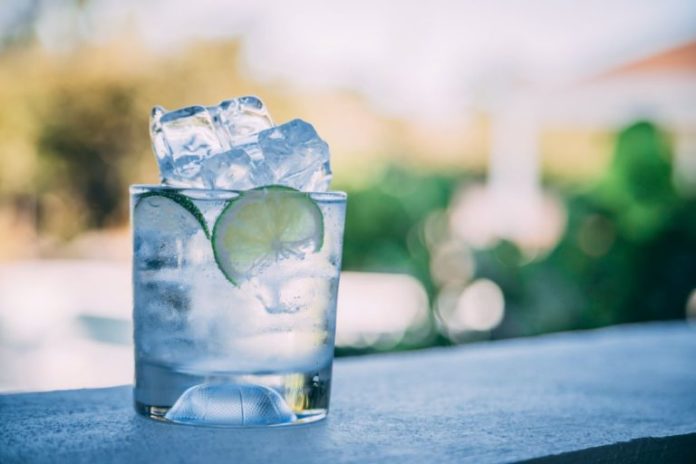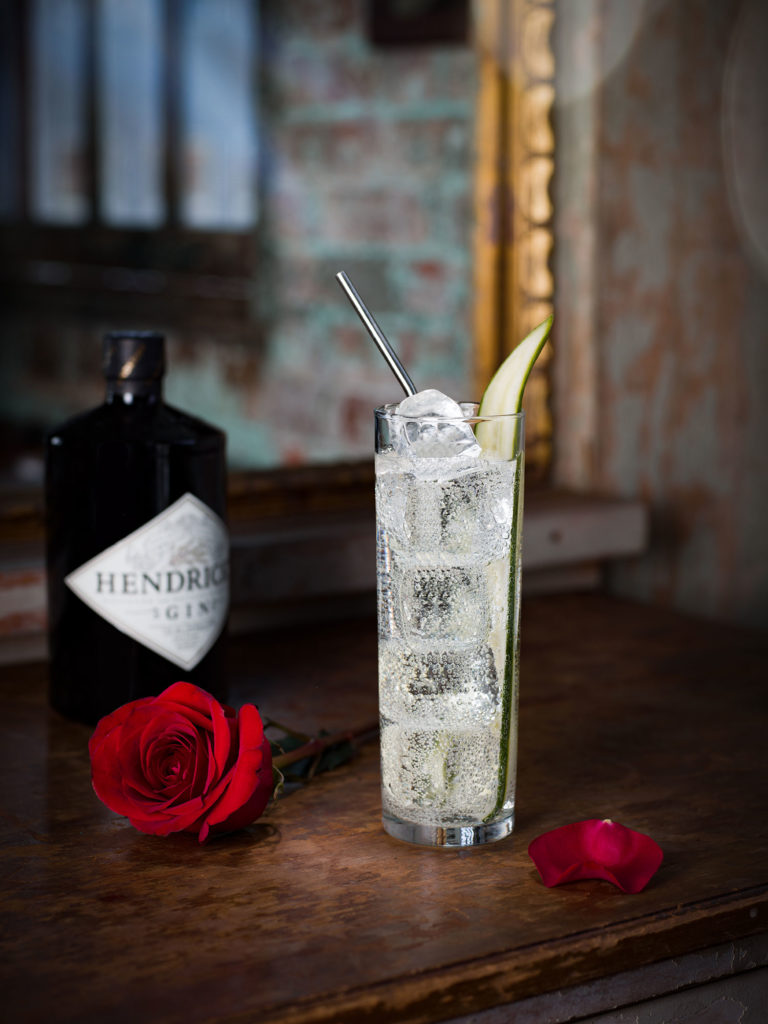Is gin the new bourbon for North American consumers? Long-time fans of the spirit will be happy as the craft gin niche continues to rise in popularity. However, some are not convinced of the spirit’s staying power. Before we delve into where gin trends are headed, let’s first discuss the spirit’s historic roots and a little bit about how it’s made.
Gin in its classic form came about from English soldiers adapting a Dutch and Belgian liquor called genever (sometimes spelled jenever). Genever was initially created for medicinal use, using juniper berries in the distilling process. After William of Orange banned the import of French brandy, the popularity of gin exploded. It later became the national drink of England.
While gin experienced extended popularity, it suffered a truly spectacular fall from grace in the 18th century, branded with the moniker “mother’s ruin.” Cheap gin, called bathtub gin, was created in people’s homes with little regulation or oversight. Eventually, gin licenses became commonplace, governing the distilling process and making the spirit safe for consumption and commercialization.
Some people may think of gin as “vodka with juniper.” While the initial distilling process is much the same, gin is still distinct from vodka, with rich flavor profiles and different types. Gin is typically distinguished as classic or contemporary, with more specific subtypes such as London Dry (which isn’t bound by geography, contrary to the name), Old Tom, barrel aged and Plymouth gin. Occasionally, genever is included as a type of gin, but it’s technically distinct and predates gin.
Types of gin are also categorized by the “focus” of the gin: the prominence of the botanical flavors, and which of these is most prominent. Botanicals are steeped or boiled directly in the base alcohol, or are suspended above the alcohol. The strength of the flavors is determined by the botanical bill, i.e., which botanicals are used and in what concentration.
Overall, the future of gin is looking bright. “In the spirits category off-premise, we see that gin has been the fastest growing spirits category in Household Penetration since the beginning of the pandemic. According to Nielsen data, the gin category is growing faster in value (+22%) than rum (+14%), vodka (+12%) and whisky (+19%),” says Jaime Keller, Bombay Sapphire Brand Director. While off-premise hits its stride, on premise has come back as well. “I am happy to say that sales continue to increase as the on-premise bounces back . . . now with consumers so happy to be back in bars, sales are steadily increasing,” reports Vance Henderson, Hendrick’s Gin National Ambassador.
Marketing efforts continue to target consumer’s taste and shift towards premiumization. Craft gin has expanded and solidified its footprint, on- and off-premise, balancing innovation with tradition, and RTDs continue to keep pace.

Crafting the Future of Gin Trends
One craze that’s significantly affected the entire alcohol industry is the emergence of craft spirits. Gin is no exception.
While it retains a lot of its popularity through on-premise sales, more and more people are turning to the growing market of craft gin, likely a run off from the explosion of whiskey, which remains a red-hot sipping spirit. Gin has not typically been thought of as a sipping spirit in itself; it’s more likely to be found in a variety of different cocktails. However, brands like Procera, The Botanist, and Gray Whale give consumers a chance to experience gin neat or on the rocks, much like whiskey.
This isn’t the only practice that gin has borrowed from the brown spirit. Aged gin has made a comeback after years of relative obscurity. Bourbon, scotch and rye barrels are commonly used. Sherry casks are also a popular choice, such as with Four Pillars Gin. Beefeater’s Burrough’s Reserve Barrel Aged Gin uses French oak wine barrels to impart different flavors.
Trailblazers and Innovators
On-premise continues to stay ahead of the curve. Restaurants and bars push the envelope and innovate. “I believe trends are created, not followed,” says Josh Hicks, bar manager and mixologist at Annabelle restaurant in D.C. “As long as you innovatively and (hopefully) successfully craft a cocktail with tasteful gins and other seasonal ingredients, that is what will blaze the trail.”
He notes that “the market for modern gins [is] expanding all over the world at a faster rate. This is creating a very diverse inventory of gins, with a lot of different terroirs and flavors to explore. I like modern-style gins that surprise me with depth, complexity and combinations of flavor. It’s not all about juniper, it’s about using unique ingredients that subtly canvas your palate. That creates intrigue and deliciousness.”
“Gin is such a unique spirit category, so, because of this, bars and bartenders can be more innovative with flavor combinations,” says Brendan Bartley, head bartender and beverage director of Bathtub Gin, a speakeasy bar with locations in New York City and Los Angeles. “With the surge of innovation behind the bar, having a full-flavored clear spirit gives bartenders more to work with.”

Distillers have also begun to branch out past the classic juniper-forward gin. Many now experiment with flavored gin, such as Bombay Sapphire’s recently released Bombay Bramble, infused with raspberry and blackberry.
Hendricks has shown experimentation with their Cabinet of Curiosities. “Hendrick’s Gin is all about celebrating the peculiar and rewarding curiosity, so we aim to surprise, delight and instill wonder in everything we do,” explains Henderson. “The Cabinet of Curiosities is located at the heart of Hendrick’s Gin Palace in our Master Distiller, Ms. Gracie’s, laboratory, where she is free to let her imagination roam and experiment with all manner of oddities.” The latest release from Hendrick’s Cabinet of Curiosities is Neptunia, a gin inspired by the Scottish coast. It’s infused with Scottish seaside botanicals and coastal herbs.
Back to the Classics
“If it’s not broken, don’t fix it,” they say, and gin is no different. In the background behind all this innovation, the spirit continues to be a staple of longtime classics such as the gin and tonic, Negroni and martini. “Gin has always been a requested base spirit to be put into cocktails from the late 19th century,” agree Beau Pineda and Steven Dinsmore of BLT Steak D.C.
Timeless cocktails are not to be overlooked.
“It’s been amazing to see people fly back to classic style gin drinks,” says Bartley. “It’s hard to go past the classic Negroni as a highly requested classic cocktail, but also some more eclectic ones as well, such as Aviations, Southsides and Bees Knees making a resurgence.”
Bars and other on-premise sites continue to put unique twists on familiar favorites. At Bathtub Gin, they offer a gin and tonic menu pairing 10 different gins with tonics and garnishes. “Our guests get to try gins from all around the world using amazing and innovative ingredients and styles,” says Bartley.
At Home and On the Go
Consumers are continually looking towards ease of consumption for their preferred spirits. The ready-to-drink category has seen sustained growth over the past few years, fueled on by the pandemic. Even as we’re now past the lockdowns, the RTD category still shows no sign of slowing. Its growth has affected both on- and-off premise, and companies such as Hendrick’s have taken notice. “Benefitting from the pandemic’s explosion of RTD cocktails, you can see bars starting to batch, bottle and can their own cocktails for ease of service,” says Henderson.
Bombay Sapphire has also taken advantage of RTD’s expansion with the launch of their first-ever line of canned cocktails, Bombay Sapphire & Tonic and Bombay Sapphire & Tonic Light, while Tanqueray entered the action with Crafted Gin Cocktails in a Can.
Feature photo by Vlad Tchompalov on Unsplash.
Jamie Stafford is the editorial associate at Beverage Dynamics. Reach her at jstafford@epgacceleration.com.










